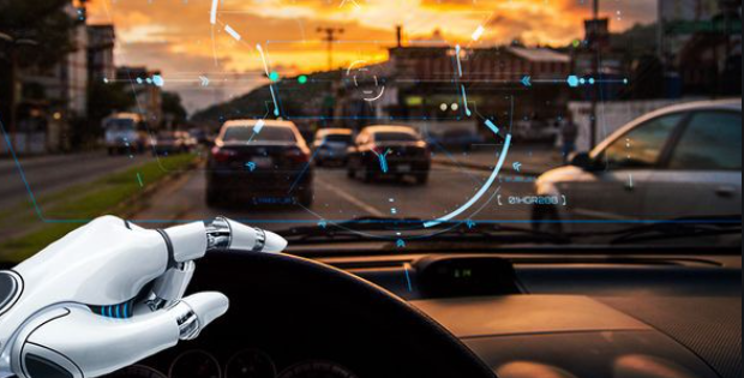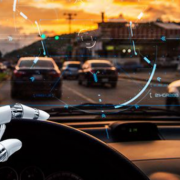SLAM is better known as Simultaneous Localization and Mapping technology and any tech investor needs to know about how it works because it could power your future tech portfolio.
I would emphasize the ‘Localization & ‘Mapping’ as the main portion of SLAM.
SLAM is essentially an optimization solution.
For a machine to comprehend, the device’s sensors collect visual data from the physical world in the form of reference points.
These points aid the machine in deciphering between limits.
Google’s AR platform, Tango, uses advanced SLAM to interact with the surroundings.
The device tries to simultaneously localize by finding the location of sensors with reference to its surroundings.
Then the technology will map the layout and framework of the environment that the device is in.
This is powered by various algorithms that simultaneously localize and map the objects.
Did you get all that?
Measurements are constantly taken as the device moves through the surroundings and SLAM diminishes inaccuracies of the measurement method.
It then predicts the position of unknown variables, like unknown points on 3D objects in the machine’s point of view.
One real-life example is how Google uses SLAM for its self-driving cars.
It is easy to navigate spaces that are known.
But what about unknown terrains?
SLAM negotiates an unknown environment and navigates through spaces by filling out the solution with the algorithms.
SLAM is best applicable for situations with no prior reference point.
Google’s driverless cars deploy autonomous technology that operates self-driving cars using a roof-mounted LIDAR sensor to create a 3D map of its surroundings.
A rapid response is critical in this technology since the car is moving at high speeds and acceleration.
These mappings are augmented over the already existing Google maps.
Another simple application of SLAM tech is the food business.
Machine-based SLAM technologies will most likely add value in fast food environments and could include 3D Time of Flight, for tasks like locating and placing a hot dog in a bun and placing items on a plate.
Thermal imaging could also help keep monitor the readiness of the food.
These technologies could enable robotic tasks that could include automated slicing and cutting on pre-prepped food materials, applying toppings or spices.
Combining such a low-cost sensor with a robot arm or mechanism and constraining the food production area could provide an ideal platform for defined automated tasks.
Navigation on Mars also uses SLAM tech wherein landmarks have to be revisited several times.
Autonomous systems are the obvious applications for SLAM and companies like Cortica have already built their well-known technology in localization and mapping for driverless cars in Israel.
Every tech behemoth has already made inroads in SLAM tech making the stakes higher than ever and race to refine it.
Apple in its attempt to enter the AR/VR space built ARKit that heavily depends on SLAM.
With the pandemic and many businesses shuttered, there will inevitably be less human-to-human contact giving way to robots or machines that utilize SLAM technology supplemented by 3D stereo vision, and LiDAR technology.
This will successfully provide real-time environment mapping and navigation.
Whether it is fast food, mars expeditions, autonomous driving, it is clear now that there is an influential place for this technology to drive revenue for these big tech companies that are currently refining the technology.
This could widen the capabilities between the tech Goliaths and smaller firms.




